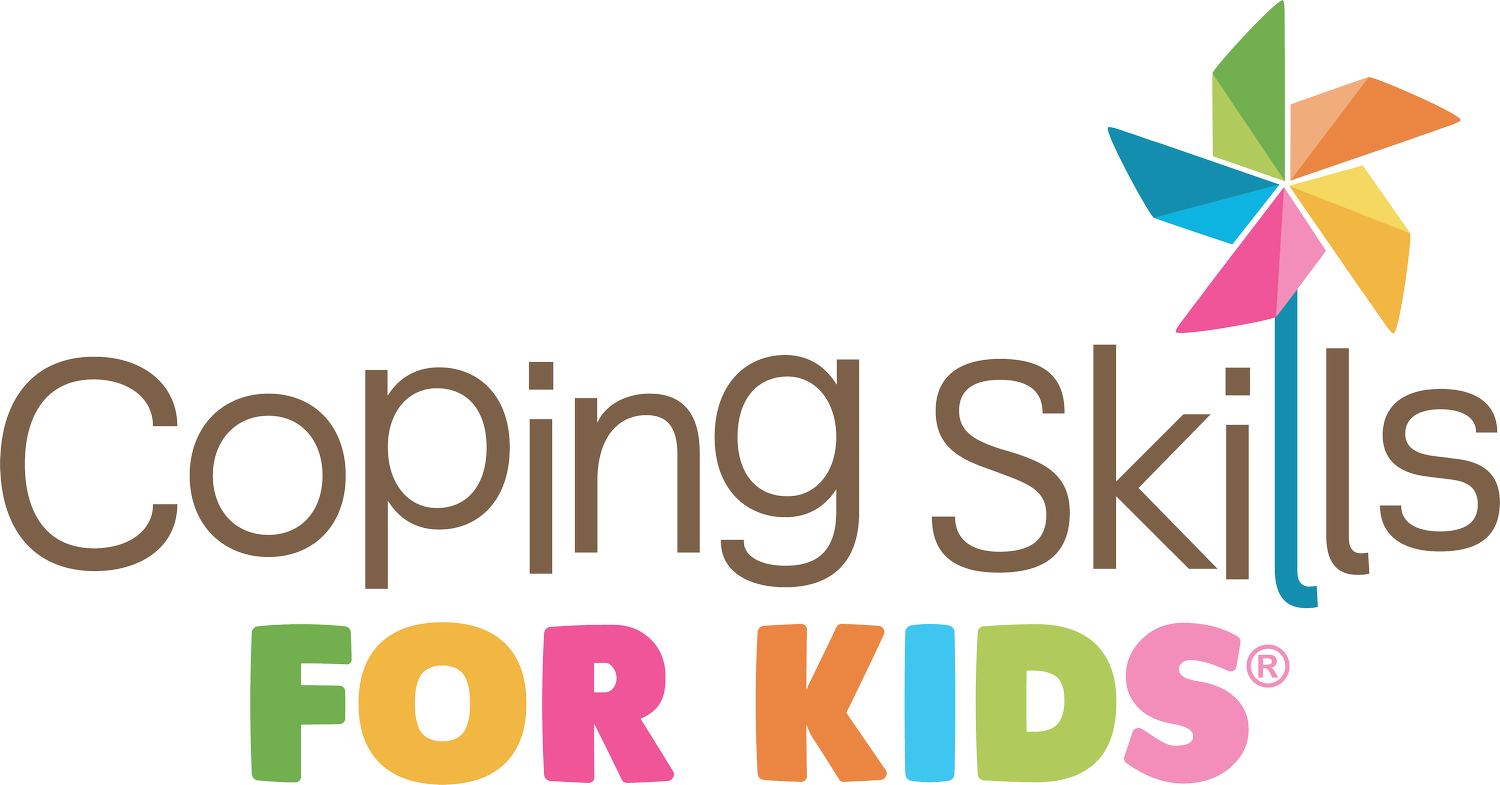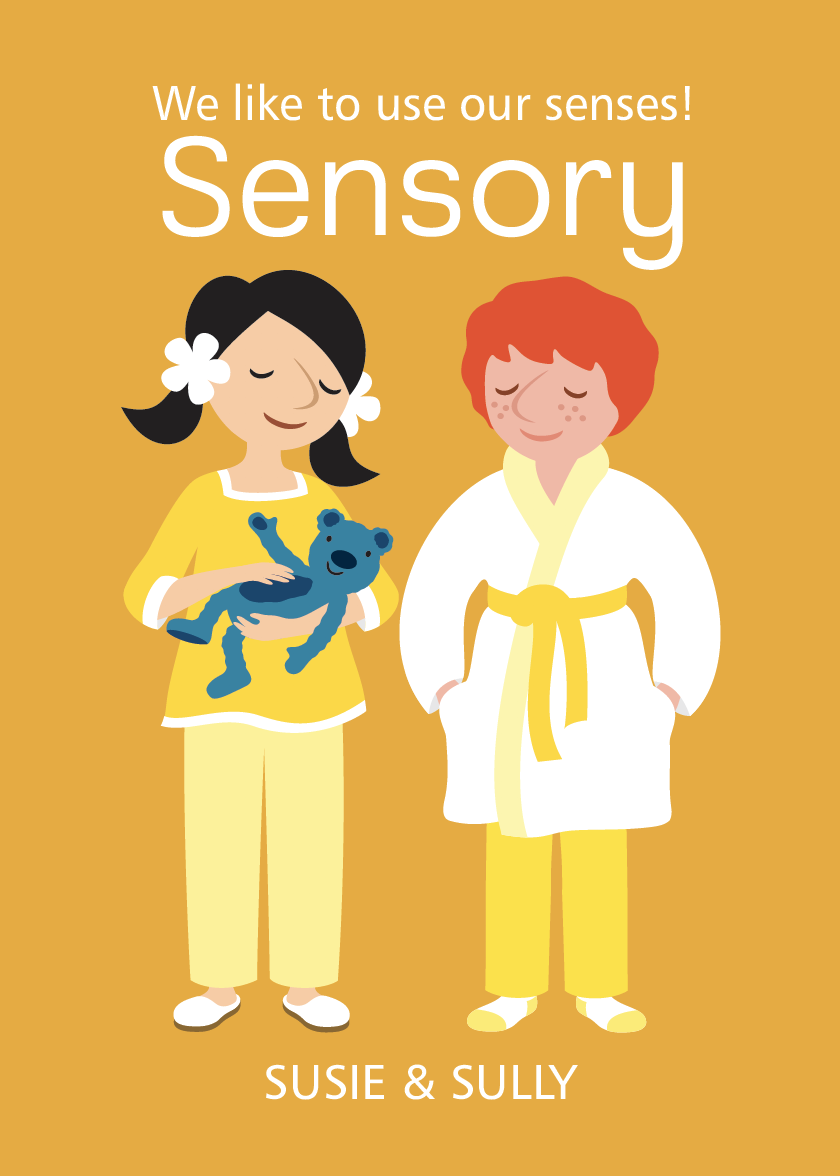The Sensory Coping Style
Children will experience a variety of different emotions as they live and play in the world. They will need coping skills to help them manage their feelings in safe and healthy ways. But there isn’t a “one-size-fits-all” strategies. Not all skills will work for all kids or all the time. The strategy that will work will be different, depending on their emotions, where they are, and their personal preferences.
The Sensory style focuses on using a child’s senses to help them regulate their emotions. This includes not only the typical five senses that we typically think about, but also senses like proprioceptive (body position & movement) and vestibular (balance). Here are some examples:
Touch
Use mermaid fabric, use hand warmers, lay down on soft blankets or pillows
Taste
Eat something sour, eat something chewy
Smell
Use calming scents, put on lotion
Visual
Watch a lava lamp, turn down the lights or turn them off
Auditory
Listen to sounds on a sound machine, like birds chirping, frogs croaking, waterfalls, ocean waves, or white noise
Proprioceptive (Body Position & Movement)
Stack and carry heavy books, move chairs, wall push ups, use a weighted stuffed animal or lap pad
Vestibular (BALANCE)
Stand on a balance board, sit and move on a scooter board, crab walk
Sensory Coping Style Products
To see research studies about coping skills that fall into the category of sensory, visit the evidence-based page.
*Please note, while I do place coping skills into styles, but these are not hard and fast categories. Something like doing push ups against a wall could fall into either sensory or movement. The styles are there to help bring order to the mountain of coping skills ideas, but aren’t meant to be rigid categories that can’t be changed.

